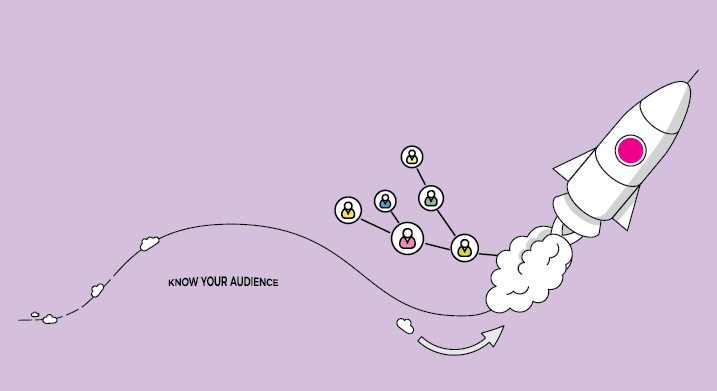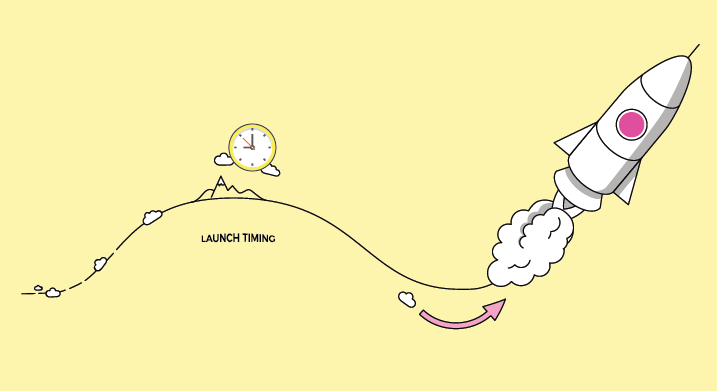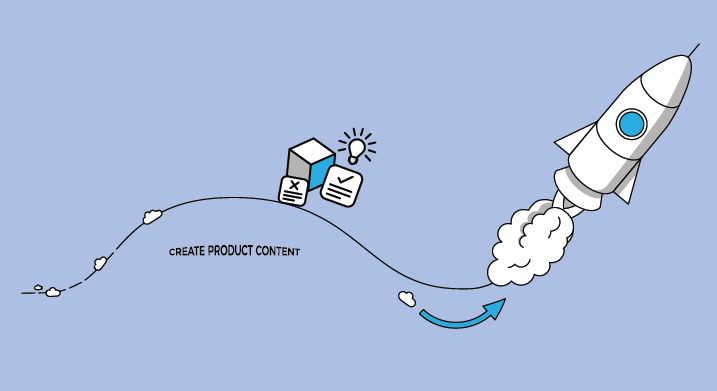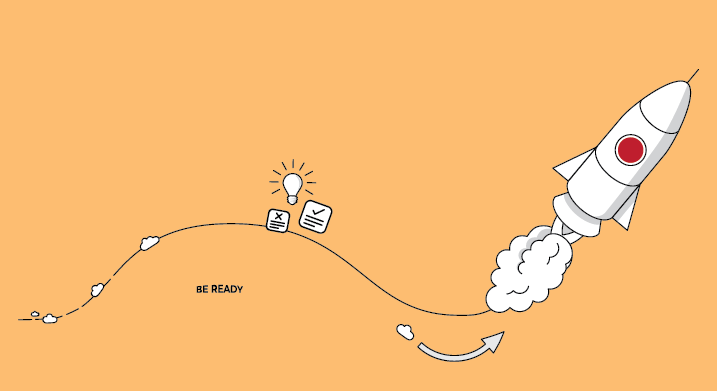The 5-Step Approach to a Successful Product Launch
Go through this list of everything that you need to be considering during your product launch to make it as successful as possible.
Join the DZone community and get the full member experience.
Join For Free
The inception, design, and creation of a new product can be exhilarating and equally stressful at the same time. A great deal of hard work, money, and resources are utilized in the attempt to create the perfect product.
But the hard work does not end there. It is imperative to practice the same meticulousness and put in the same amount of effort for the product launch.
Launching a product is more than just introducing the world to a new entity. With rising competition and raging marketing wars, you need to take active steps to ensure an effective first look and maximum reception for your product, especially in terms of the product launch. The following are key steps that must be taken to ensure an amazing campaign before launching your product.
1. Be Ready
Create, test, and update
Every product goes through multiple iterations of creation, testing, and updating. Before making decisions for a product launch, make sure that the product is completely error-free and in an adequate working condition.
The MVP approach
Devaraj Southworth, CEO and Founder of on-demand wine and spirits delivery service Thirstie, suggests the Minimum Viable Product (MVP) approach.
According to Southworth, no product can be entirely error-free, so define your Minimum Viable Product (MVP), i.e., a test version, and have it tested by a small group of consumers. Collect their feedback and keep working on the product until you get it right.
Southworth suggests beginning by designing a complete, fully-featured product. Eliminate the features that need work for the time being, and then have the remaining product tested out.
This will also help your engineers plan the development ahead of time, which can save time on revisions and updates.
2. Know Your Audience

Research
Once your product is ready, it is important to understand who you want to sell it to. Know who your customers are. Do your research and get to know everything about them. Look into demographics, how the product fits your customers’ needs, their key influencers, the channels to reach them, and any other information that you feel may be relevant to your product.
As Nicole Prefer, a senior consultant at brand consulting firm Vivaldi Partners Group, once stated: “Always think from the outside in.” This means deeply understanding your customers: who needs my product and who is willing to buy it.
Ask questions
You can shortlist the necessary information through questions such as:
- Who is this project for?
- Where can we find them?
- What is the most feasible way to grab their attention?
Align answers to your campaign
Now, look into updating the campaign according to the answers you received in order to connect to your audience.
It is downright crucial to have the right information to target the right people. Trying to employ a generic, one-size-fits-all approach can lead to wasted time and money.
3. Launch Timing

The next step is to carefully decide on your product launch timeline. The product launch can be a make-it-or-break-it moment for an organization. If correctly scheduled, it does not only save you a lot of time and money but can also grab a huge share of customers.
Launching your product too early may cause your product to lose all the hype until customers are ready to buy it. If you’re too late, the customers won’t need it anymore, and they may not give it much attention.
When the audience can focus
Target the audience when they can give you their full attention to it and when the excitement for your product does not get overshadowed by other events, such as competitor product launches or movie releases.
Take the example of the SELF Journal, founded by Catheryn Lavery and Allen Brouwer. According to Lavery, they chose to wait to launch their Kickstarter campaign until late August, when people were in “back to school mode” and getting organized was on their minds.
Weekdays are better
Lavery further discourages using weekends for launch time. They wanted the launch to start and finish while people are online most, which happens to be during the week rather than on the weekend. Therefore, they launched on Wednesday, August 19th at 11 AM and ended Tuesday, September 22nd at 10 PM.
The Kickstarter campaign raised $322,696 and funded over $75K in pre-orders.
4. Create Product Content

The foremost thing to do after the launch timeline is decided is to design the product content. You need to jot down what form of content would you like the customers to see.
This can include advertisements as text, infographics or videos. An effective way to shortlist your options is by asking yourself:
- Which format is easy for you to devise?
- Which format would your audience prefer?
5. Marketing it Correctly

After you are sure your product is worthy of a launch and you have all the information you need, get down to devising an absolutely unforgettable marketing campaign.
This is a critical step because you need people to be prepared for your product launch and when it hits the market; they need to want it and be willing to plan to buy it.
According to Justin Gibson, president of Vom Fass USA, a gourmet food, wine.\, and spirits franchise, one should use an integrated marketing approach through advertising, e-blasts, direct mail, content marketing, and social media.
Influencer outreach
According to Mark Thompson, the creator of StayOnSearch and president of Search Creatively, a full-service Internet Marketing Company, the most effective approach for maximizing outreach is getting bloggers and writers to test and write about your product.
Bloggers usually write about trials of products, which can help your product be exposed to hundreds or even thousands of new users.
Plus, it leads them to your landing page, which also helps with organic searches.
Preparing your landing page
Be sure to have your website, primarily to function as a landing page for the product, up and running. Everything on this page, from the text and graphics to colors and navigation, should reflect your company, its products, and the industry.
The landing page should be tried and tested for customer information requests, feedback, and even online orders. Did you know that a whopping 78% of consumers have bailed on a transaction or not made an intended purchase due to a poor service experience?
Ensure there is ample information about the product and its features. Keep introductory offers and giveaways right where the customers can see them.
Overall, make the most of the product page.
E-mail marketing
Email is one of the most popular methods of communication despite other evolving platforms. This is proven by a report declaring that about 205 billion emails are sent each day globally.
To make sure you reach and capture the right audience, work on designing an effective email campaign. Shanon Strahl, who is a Senior Digital Marketing Leader at Shaw + Scott, advises personalization for emails. According to Strahl, dynamic content created based on subscribers’ likes and needs can have a better impression on your subscribers and can also generate a better ROI.
Social media
Social media marketing is a powerful way to connect with potential customers. With your customers already present and interacting on the social media, it is easy and important to reach them through social platforms such as Facebook, Twitter, Instagram, LinkedIn, and Pinterest.
Ryan Koechel, Vice President of Marketing for ABODO, says it’s important to use your social media platforms as an extension to your customer service, since more customers voice their opinions on social media than through email or over the phone.
You can personally get involved by using your existing social media accounts to spread the word. Your friends and colleagues can help publicize your product as well.
Third-party marketing
If you think that you are not well-equipped with the most effective tools to design and carry out your own marketing campaign, you may want to look at third-party marketers.
According to a survey, 60% of people consider the content authored by a third-party publication or analyst credible.
Plus, for a certain fee, websites such as Google Base, Amazon, and eBay can generate a large amount of traffic for you by hosting your product.
Published at DZone with permission of Fred Wilson, DZone MVB. See the original article here.
Opinions expressed by DZone contributors are their own.


Comments